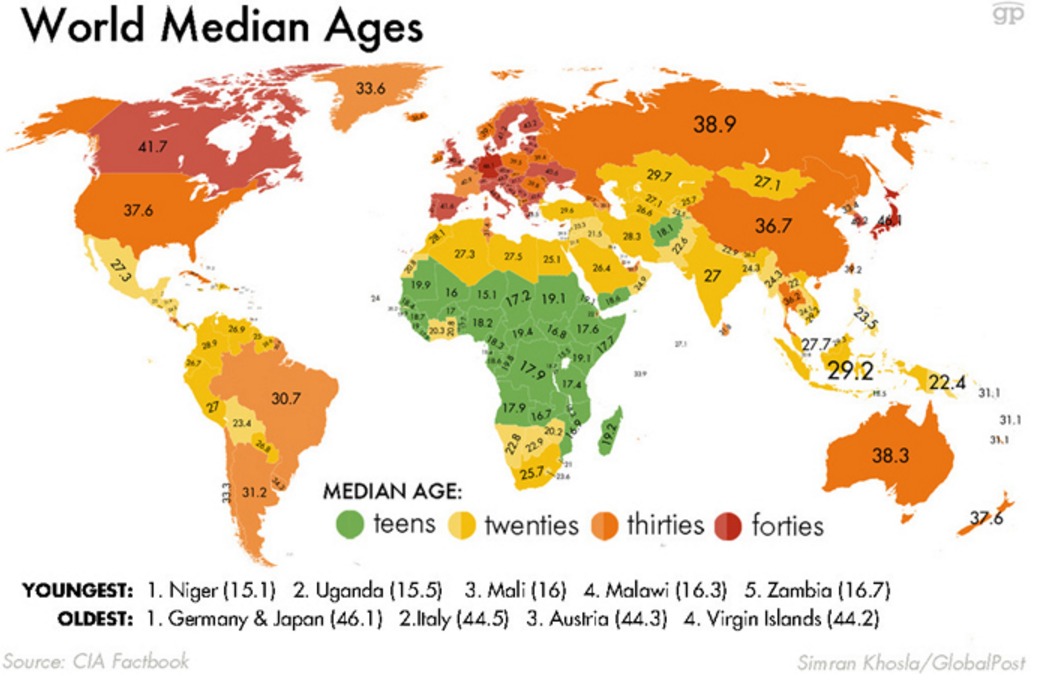Outro artigo citado em "Strategic Planning in Turbulent Environments: A Social Ecology Approach to Scenarios" de Rafael Ramírez e John W. Selsky, publicado por Long Range Planning em 2014, é "Contrasting Perspectives of Strategy Making: Applications in ‘Hyper’ Environments" de John W. Selsky, Jim Goes e Oguz N. Babüroglu, publicado por Organization Studies em Janeiro de 2007 de onde retirei:
"Revolutionary change, increasing volatility and blurring of boundaries in many industries have stimulated two lines of extension of the core neoclassical perspective."Como não pensar logo neste exemplo: "Mayweather e McGregor causam pior fim de semana nas bilheteiras em 16 anos"
"Conflating turbulence with intense competitive challenges reveals two problematic assumptions. One assumption is that strategy is competition, that is, a firm’s key relations with other firms are competitive (or hypercompetitive) and competitive behaviour is directed at other industry players. However, competitive actions may not always be appropriate, and direct effects of competitive actions — as well as unintended higher-order consequences — may not be con- fined to other industry actors. The other assumption is that the competitive ground is considered stable enough for familiar kinds of competitive behaviour, albeit speeded up or more focused.
...
The logical conclusion of conflating turbulence with competitive challenges is that ‘the more turbulent the environment the more aggressive must be the firm’s response’. As we discuss below, such ‘proactive’ responses may produce problematic unintended consequences in extended social fields."






















